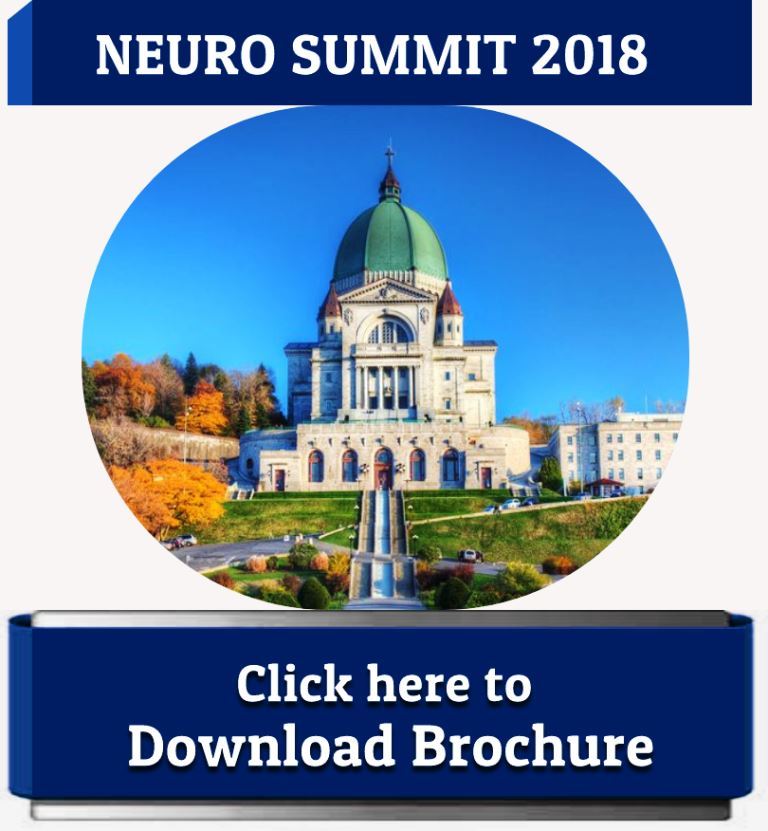
Namrata Singh
Associate Professor, DY Patil University, India
Title: Assessment of binding interactions of Alzheimer’s drug candidates with Bovine Serum Albumin
Biography
Biography: Namrata Singh
Abstract
Statement of the Problem: The pharmacokinetics and pharmacodynamics of a drug can be well understood and interpreted by measuring the extent of drug binding to plasma proteins. Reliability of a protein-protein interaction model specific to Alzheimer’s disease (AD), can lead to screening, and prioritization of novel protein candidates [1]. Thus, the investigation of such molecules with respect to albumin binding is of imperative and fundamental significance. Methodology & Theoretical Orientation: Spectroscopic (UV-Visible absorption, steady-state fluorescence and circular dichroism) and calorimetric (isothermal titration calorimetry) techniques have been employed to investigate the interactions of water soluble novel Novel Alzheimer’s drug candidates (7-MEOTA-donepezil like compounds) with bovine serum albumins (BSA) under physiological conditions. Fluorescence quenching spectra in combination with circular dichroism (CD) spectroscopy was used to investigate the drug-binding mode, the binding constant and the protein structure changes. The apparent binding constants and number of substantive binding sites using site markers (warfarin and diazepam) have been evaluated by fluorescence quenching method. The thermal unfolding of BSA in absence and presence of drugs has been studied by CD spectroscopy. Findings: The drugs substantially quenched the intrinsic fluorescence of BSA. Synchronous fluorescence studies indicate the binding of selected Alzheimer’s drugs with BSA mostly changes the polarity around tryptophan residues rather than tyrosine residues. The circular dichroism studies indicate that the binding has induced considerable amount of conformational changes in the protein. However, calorimetric studies did not manifest drug-protein binding. Conclusion & Significance: Binding of the selected Alzheimer’s drug revealed static quenching mechanism through hydrogen bonds and van der Waal’s attraction. The thermodynamic parameters indicated that hydrophobic and electrostatic interaction played main role in the binding. An understanding of detailed energetic and mechanism of binding may be useful for providing safer and efficient therapies for Alzheimer’s disease and diagnoses in clinical settings as well [2]. A systematic review of attempts and achievements of such interactions has been done and future scope has been predicted. Outcomes for therapy with AD drugs already under clinical trials have been studied carefully and discussed.

